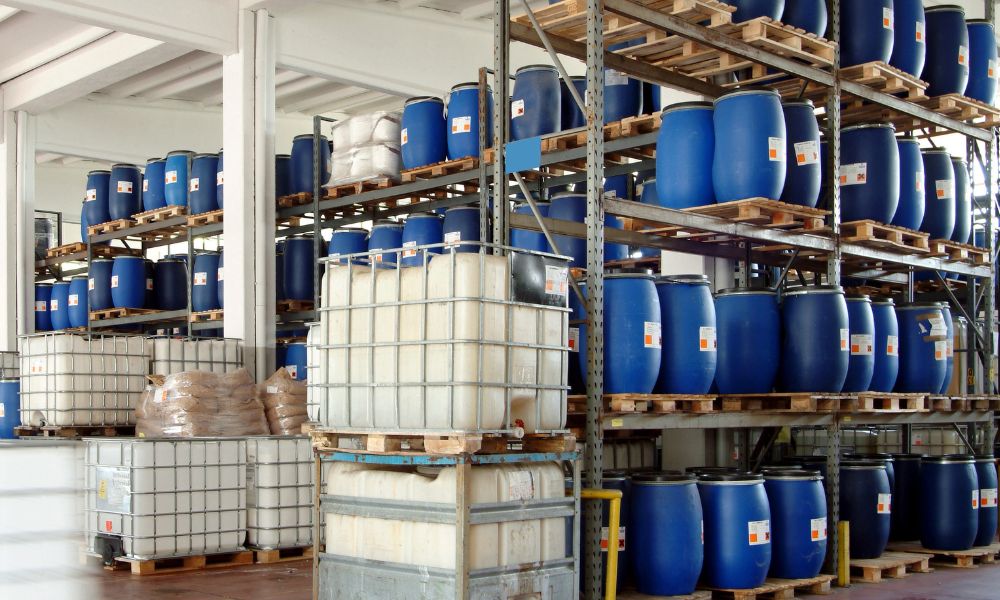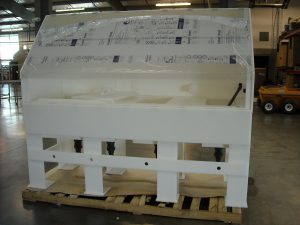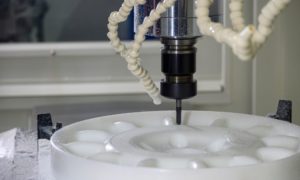Polypropylene tanks are useful in various industries for storing water, chemicals, acids, and waste thanks to their corrosion resistance, chemical resistance, and durability. One important aspect to consider when working with or selecting polypropylene tanks is their thermal properties and ability to withstand high temperatures. Learn more about how much heat polypropylene tanks can take and what to consider when using them.
Thermal Properties of Polypropylene Tanks
Polypropylene is a thermoplastic material that softens when heated and hardens when cooled. The melting point of polypropylene ranges from 130°C to 170°C (266°F to 338°F), making it suitable for use in moderately high-temperature environments. Keep in mind that the heat tolerance of a polypropylene tank depends on its design, wall thickness, and the specific grade of plastic used.
Plastic chemical tanks made of polypropylene exhibit excellent chemical and thermal resistance, making them ideal for storing and handling corrosive chemicals. The thermal properties of polypropylene remain consistent even under fluctuating temperature conditions, which is essential in many industrial applications. When selecting polypropylene tanks for high-temperature applications, consult the tank manufacturer’s guidelines for temperature ranges and safety recommendations.
Safety Concerns and Precautions
While polypropylene tanks can withstand high temperatures, exceeding the recommended limits may pose safety hazards like tank deformation, leaking, and stress cracking from prolonged exposure to high heat. Closely monitor the operating temperature, and keep it within the tank manufacturer’s recommended range.
When using heaters or heating-cooling units with polypropylene tanks, select the appropriate heat source, follow the manufacturer’s installation guidelines, and follow periodic maintenance routines. Additionally, consider using special grades of polypropylene or alternative materials for highly corrosive chemicals or applications with stringent temperature limits.
Recommendations for Using Polypropylene Tanks
Here are some things you can do to safely use polypropylene tanks under varying temperature conditions:
- Review and adhere to the manufacturer’s temperature limitations and restrictions.
- Select the appropriate grade of polypropylene and tank design for your application.
- Regularly inspect your tanks for wear, deformation, or damage due to heat exposure.
- Use the appropriate heat source, installation methods, and maintenance routines to prolong the service life of your polypropylene tanks.
By following these recommendations and understanding the properties of your polypropylene tanks, you can ensure safe and efficient operations and learn how much heat they can take. Always consult your tank manufacturer before using them to guarantee your safety.




